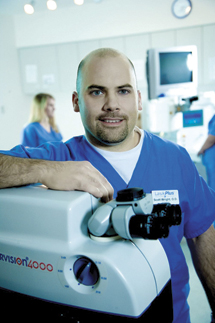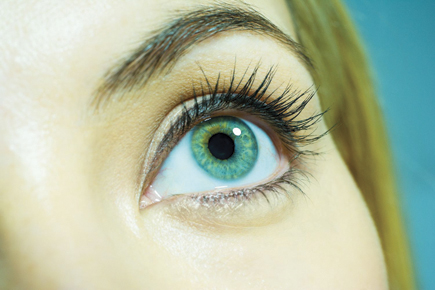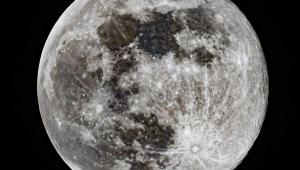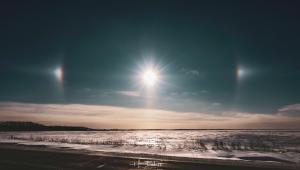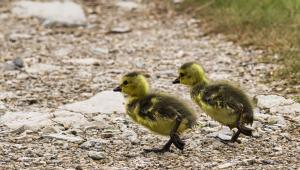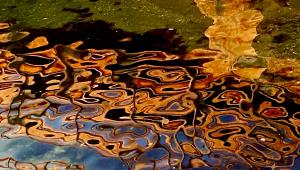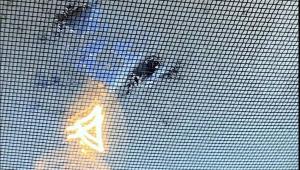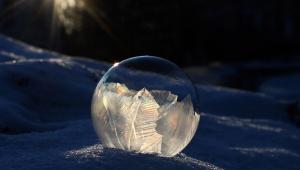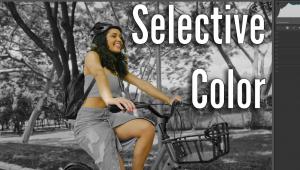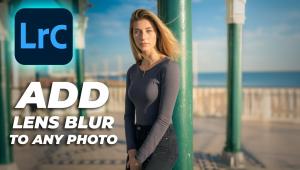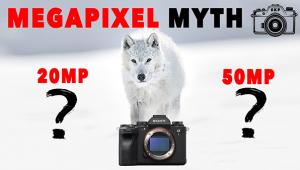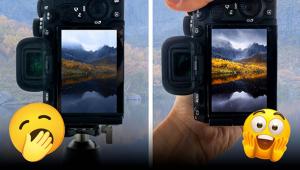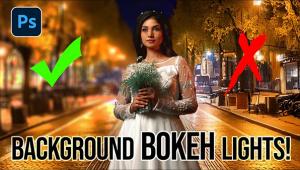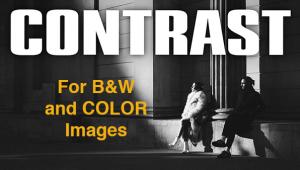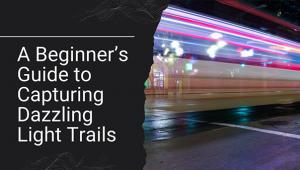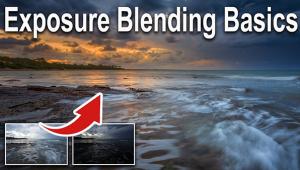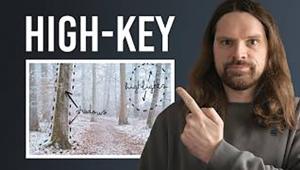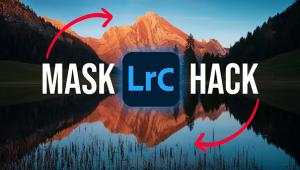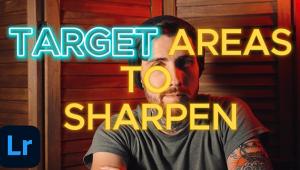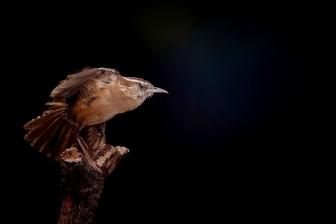Nick Koudis Shoots With Style & Humor; A Sometimes Unorthodox Approach Leads To A Signature Style Page 2
His digital cameras of choice are Canon EOS (www.usa.canon.com), currently the 5D Mark II and 1Ds Mark III. Interestingly, he favors the 5D for its overall performance and uses it on location. “I like portability. I like to shoot from the hip. At the same time, it’s got the muscle and the full-size chip.” In the studio, however, Koudis observes that the 1Ds makes its mark—based primarily on appearance: it has more of the look of a professional studio camera, and with clients sometimes looking over your shoulder, appearances are everything, he points out. And, he further notes, the 1Ds seems to work better when tethered to a computer, compared to the 5D series. The lenses he normally uses include the 24-105mm IS, 70-300mm IS, 50mm f/1.4, and 50mm macro. When needed, he employs Live View on the 5D Mark II. And he often carries the camera gear in a Lowepro SlingShot 100 or 200 (www.lowepro.com), or a Kata bag (www.bogenimaging.us), turning to Lightware cases for the big lights (www.lightwareinc.com). His tripod of choice for location work is a carbon-fiber Induro, with matching ball head (www.indurogear.com).
Lasik Technician |
|
|
|
|
Koudis’s Lighting Takes Many Forms
In lighting, Koudis relies on a broad range of gear—whatever does the job effectively and efficiently.
That includes a number of Canon 580EX and more recently 580EX II shoe-mounts and a Quantum Qflash (www.quantuminstruments.com), along with AlienBees (www.alienbees.com) and Profoto (www.profoto-usa.com). The situation dictates the lights used, but essentially location shooting may involve a mix of shoe-mounts, Qflash, and AlienBees. He chooses the AlienBees “because they’re small and portable and have enough power for their intended use, namely portraits. I don’t need to fight daylight, such as on the beach, where you’d need a stronger light. Also the accessories for these lights are very practical.” The Profotos are strictly reserved for studio work.
Also, there are various lighting accessories that come into play with the AlienBees. “I needed to find something portable while at the same time giving me the effect of a beauty dish.” That turned out to be a small Photoflex MultiDome (www.photoflex.com), available with an oft-used accessory that simulates the effect of a beauty dish.
Lasik Eye Close-Up |
|
|
|
|
Putting The Gear To Practical Use
The Canon strobes, in combination with the dedicated battery packs, are often used with the Elinchrom EL-Skyport wireless radio remote system (www.elinchrom.com; www.bogenimaging.us). “I’ve also used the 580s with Canon’s ST-E2 infrared trigger when I need to work in FP (High-Speed) Sync mode. I find this works well with splashes and pours, such as a shot I did for Getty of a hand knocking over a cup of coffee.” Here Koudis manually timed the spill, capturing the moment with fluid rapidity. This involved four 580EXs: one light on the white sweep backdrop (positioned underneath the table), another on the foreground, one from the top, and the final light for fill. To control the spill Koudis added a barn door set onto the Canon shoe-mounts. This accessory is made by SP Studio Systems (www.bkaphoto.com), although originally designed for AC slave strobes.
Coffee Spill |
|
|
|
|
Profoto lighting came to the fore in a studio shoot at Miauhaus Studios in Los Angeles with actress Jessica Biel, for her agency, Icon International. Koudis shot this portrait with an EOS-1Ds Mark III. He positioned one Profoto head inside a 3x3-foot softbox as a frontal light, just a little above head height, a tad to the left. “I was aiming to get practically straight down the nose line to flatten the shadows on the face.” There were also two lights directed at the white sweep backdrop, with an additional kicker light on her hair.
On another shoot, for LasikPlus, Koudis employed a mix of lights on location, in the facility’s Atlanta-based eye surgery room, which featured a Lasik machine. He used an AlienBees monolight for frontal lighting, with a medium Chimera strip light on the key figure. (A strip light produces a more defined sliver of light compared to a regular softbox.) Then he added two Qflashes to light the area in back, plus a 580EX on the left with a gel. Koudis shot the eye close-up separately in the studio, with a Qflash (with that Photoflex “beauty dish” mentioned earlier), plus one AlienBees monolight for the background. He used the EOS 5D for the location shot, the 1Ds in the studio—all part of a two-week shoot.
GPS |
|
|
|
|
One more thing. Koudis, along with many other pro photographers, has turned the use of dedicated shoe-mounts into a passion of sorts. He has joined up with fellow shoe-mount aficionados on a website devoted to this aspect of portable and studio lighting: www.strobist.com. Two portraits of celebrity/actors Colin Hanks and Steve Carell reflect this dedication to the highly portable and equally versatile shoe-mount flash.
- Log in or register to post comments
